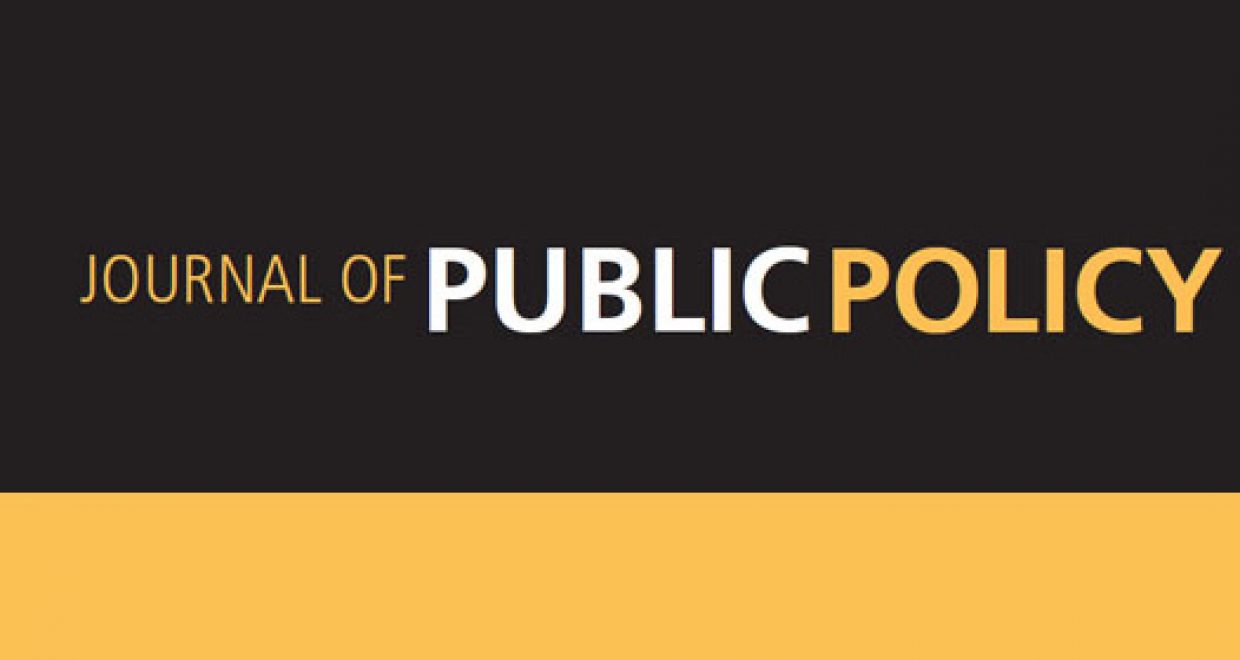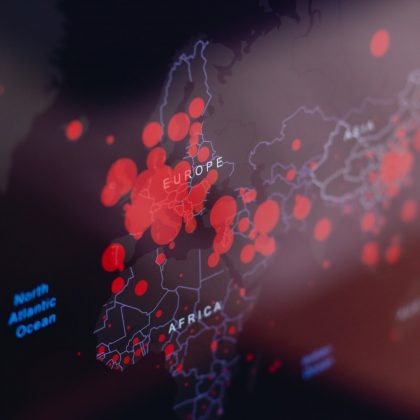How do actors influence each other in regulatory decision-making?
Since the rise of regulation as a tool used by governments to intervene in different policy sectors in the late 1980s and early 1990s, countries around the word have established sector regulatory agencies to perform that task. However, in the definition of a regulatory arrangement not all regulatory functions are delegated to those agencies. Therefore, sector regulators must interact with other public organizations, while, at the same time, several other actors (i.e., market operators, trade organizations) may try to influence the regulatory decision-making processes.
Our contribution in the Journal of Public Policy (JPP) is focused on describing and explaining how and why the different actors involved in the regulatory decision-making process influence each other in practice (at the de facto level). We do that by looking at the telecommunication sector of Colombia. These interactions occur among the sector regulator, other public actors with some regulatory functions in the same sector (like ministries), the competition regulator, regulators from other adjacent policy sectors that are involved in regulating operators in that sector’s market, and regulatees. Thus, we propose that the regulatory decision-making process functions as a network where many actors influence each other.
Therefore, to achieve the aims of the paper we conducted an Exponential Random Graph Model (ERGM), which is a mode developed to analyze network data.
We proposed that it is more likely that an actor, either public or private, is able to influence another actor when:
- An actor has a frequent access to a second actor. The frequency of the contacts facilitates one actor being able to influence another actor.
- Actors have frequent divergence of opinions in the decision-making process. When an actor finds that another actor has a position that might harm its own interests in the decision-making process, the first actor will try to influence the second actor to modify their preferences.
- An actor controls resources that a second actor needs, and can exchange such resources for influence. In the case of the telecommunication sector the market operators control information about their operation, which is needed by regulators to perform their duties. Similarly, regulators control access to scarce resources (i.e. the use of the spectrum) that market operators need.
- When an actor is perceived by the other actors in the regulatory decision-making process as having more knowledge, expertise and experience it, due to its reputation, can influence other organizations.
The results of the conducted analyses showed that access is a key factor to explain influence relations among actors. Additionally, we proved that the manner in which other actors perceive a given actor affects the ability of this actor to generate influence relations towards the other organizations of the network.
Contrary to our expectations, we found that when two actors have divergent opinions and interests, they avoid influencing each other. Finally, we found that the specific observed network has some tendencies to form specific influence relations. We found that actors try to influence several actors at the same time, and that the more central position an actor has in the network, the more likely that actor can influence other organizations.
The findings of this contribution have some interesting implications, particularly in relation to the role of the sector regulator. Research in regulatory governance has placed special emphasis on the independence of the sector regulator. We found that the sector regulator of the telecommunication market interacts with other actors at the de facto level. Furthermore, in the case of Colombia, for example, we found that there are many actors, including other regulators, market operators, think tanks, and trade organizations, that influence the sector regulator of Colombia.
Second, our findings may suggest that the notion of the independence of the sector regulator must be refined. The de facto results might imply that the independence of the sector regulator must be nuanced due to the interactions that they have with other actors. Thus, it might be the case that a fully independent regulatory agency that is not affected by either other public or other private organizations does not exist in the real world.
In terms of policy decisions, the aforementioned idea can be interpreted in two different ways. First, the important action is not to shield the sector regulator from interactions with other organizations in the decision-making process, but to take actions to ensure that despite those interactions, the sector regulator can make its final decisions without interference. Second, if it is not possible to prevent the sector regulator from being influenced by other organizations, then the best option is to prevent certain bodies with specific interests from gaining more influence than the others.
– Camilo Ignacio González, Universidad de los Andes and Antwerp University, and Koen Verhoest, Antwerp University.
– González and Verhoest’s new JPP article is now available free of charge until the end of January 2019.




